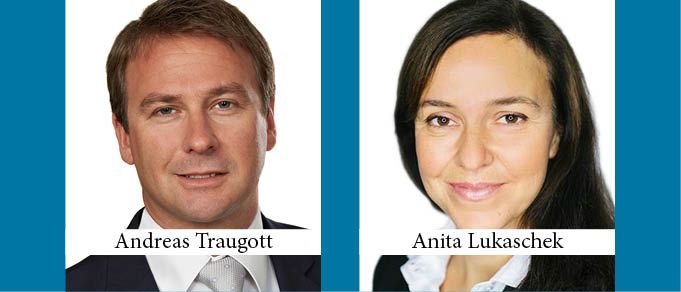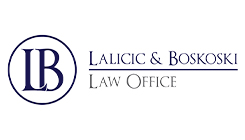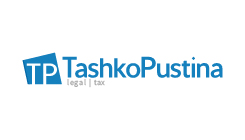On July 9, 2018, the German and Austrian competition authorities published joint guidelines regarding the transaction value thresholds of their respective merger regimes.
In Austria, the new threshold (Section 9 paragraph 4 of the Austrian Cartel Act) has applied since November 1, 2017. Accordingly, a merger has to be reported to the competition authority, even if the “traditional” turnover thresholds are not met, if: (a) the value of consideration exceeds EUR 200 million, (b) the combined worldwide turnover of the concerned undertakings exceeds EUR 300 million, (c) the combined domestic turnover of the concerned undertakings exceeds EUR 15 million, and (d) the target has significant activities in Austria.
Background
The rationale of the new threshold is to capture transactions where the target’s turnover does not adequately reflect its market position. A disproportionately high purchase price compared to the size of the target and its actual revenues may indicate that this is the case. The 2014 Facebook/WhatsApp merger is a commonly-cited example. The new threshold, however, does not only apply to digital markets (where products or services are monetized differently than in conventional markets), but also to “new” markets or markets characterized by innovation. Indeed, in practice, so far (as reported by the competition authorities), the rule’s application has not been limited to the digital sector, and often concerns other sectors (e.g., the pharmaceutical industry).
The New Guidelines
The new thresholds raise a number of questions, including, among others: “How is the consideration calculated?”; “What is the relevant date to determine transaction value?”; “What constitutes significant domestic activities?” The new guidelines address these questions and provide guidance based on the experience of the authorities.
Significant Activities in Austria: Any (Turnover) Safe Harbor?
The local nexus requirement in Austria can be a particularly critical issue when assessing a potential filing obligation.
It should be noted that the guidelines state that the local nexus criterion included in the transaction value threshold has to be clearly distinguished from the local nexus criterion which applies (according to established case law) with regard to the traditional turnover thresholds under the effects doctrine. Having thus two different sets of local nexus criteria within the same jurisdiction already creates real confusion.
The guidelines stress that the domestic turnover is of limited relevance when assessing local nexus in the context of the transaction value threshold. This approach makes perfect sense considering the rationale of this threshold, which is to cover cases where the target’s turnover is not an adequate parameter. It follows that the turnover is only relevant where it “adequately reflects the undertaking’s market position and its competitive potential.” In this case, the guidelines specify that the Austrian competition authority will generally not assume that an undertaking has significant activities in Austria where domestic turnover does not exceed EUR 500,000. This threshold does thus not create an absolute “safe harbor,” but rather one in relative terms, as it still requires diligent analysis of the market, the activities, and the potential of the target. It will mostly be relevant in mature “conventional markets” and markets where competition is not mainly driven by innovation.
Other Reference Points for Local Nexus
If turnover is not an adequate measure, what is? The guidelines emphasize that this will largely depend on the industry at issue. Frequently cited examples for the digital sector are the number of “clicks” (access frequency), downloads, or registered users.
The guidelines state that there is will also be a presumption of significant domestic activity if the target has a location in Austria.
According to the guidelines, research and development may also qualify as a relevant activity. Whether such R&D activity is significant in Austria depends on a number of circumstances (e.g., location, activities relating to entry into the domestic market). The guidelines provide specific guidance for some industries (e.g., the pharma sector).
Conclusion
The competition authorities’ paper offers valuable guidance on the most relevant aspects of the new thresholds and illustrates them with a number of practical examples. By their very nature and due to the fact that the relevant regulation has been in place for less than a year, the guidelines do not claim to provide an exhaustive set of answers. However, the very detailed guidelines are certainly helpful in order to assess a potential filing obligation under the new transaction value test. In addition, parties may approach the Austrian authority to seek individual guidance in order to clarify open issues.
By Andreas Traugott, Partner, and Anita Lukaschek, Associate, Baker McKenzie Vienna
This Article was originally published in Issue 5.9 of the CEE Legal Matters Magazine. If you would like to receive a hard copy of the magazine, you can subscribe here.




















